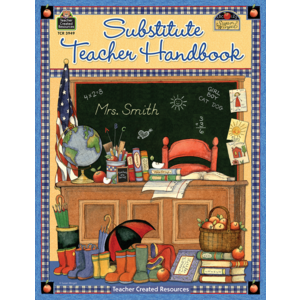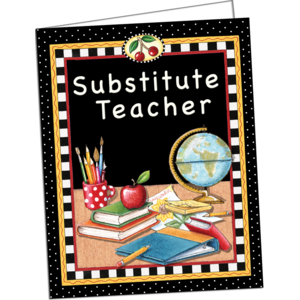Preparing for Next Year
Although you will always spend time in the fall to prepare for the beginning of the year, it is important to get somewhat organized at the end of the year so that the transition is smooth.
1. Take some time to decide what areas you will begin teaching next year.
2. Pull the files, and take them home to begin planning lessons.
3. Have the first week of lessons planned, as well as the materials prepared, if you are certain what you will be covering that first week.
4. Familiarize yourself with the titles and contents of resource books that you will be using next fall.
5. Read books during the summer that you will be using in your lessons.
6. Organize and clean out your file at the end of the year when everything is still fresh and you remember what you needed and what you didn’t need.
7. Pack away students’ records so that you will have room for the upcoming class list of information.
8. Make up your new lesson plan book or obtain a new one.
9. Compile the Daily Task book and pull out the Beginning-of-the-Year List. Begin checking things off that you complete that are on both lists.
10. Look ahead at the Beginning-of-the-Year List and complete anything that you have time to complete now.
Summer Storage
Storage is important if you are moving from one classroom to another. If you remain in one classroom from year to year, storing your material is essential if others use your classroom during the summer or if you are concerned with the dust that might attach to your materials. Whatever your needs are, make sure you begin saving boxes at the beginning of the year so that by the end of the year you will have your boxes ready for storage. You may ask the custodian to help you gather and save boxes. Make sure to label the boxes clearly with your name, your room, and the contents of the box. Organize the items in the boxes logically—supplies in one box, books in another, etc. Resist the temptation to throw everything into one box—it will take much longer to sort through when you are unpacking.
Although the temptation is great at the end of the year to walk away from the loose ends, leave time and energy to wrap things up in an organized manner. Time spent packing, planning, cleaning, and looking ahead will save time in the future, and it will allow you the self-satisfaction (not to speak of the relief!) of knowing that you will be coming back to an organized classroom in the fall.


